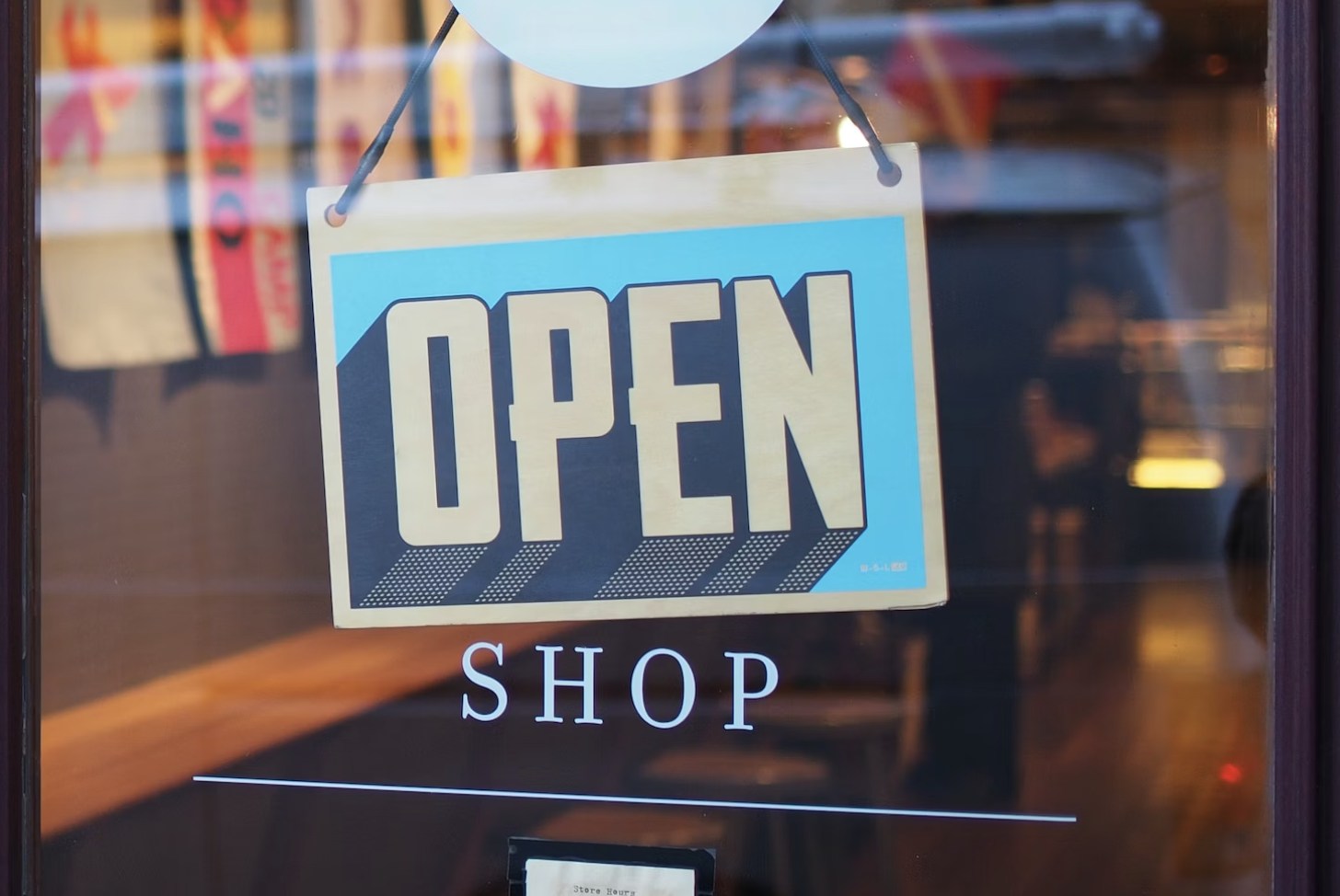Personalized Shopping Experiences: Do Shoppers Actually Notice?
The short answer: yes, but only when it feels helpful.
TL;DR:
Shoppers do notice personalization. When it’s done right, they love it. When it’s done wrong, they bounce. Keep it helpful, transparent, and rooted in trust, and you’ll win not just sales, but loyalty.
Personalization isn’t just a buzzword anymore; it’s the shopper’s expectation. Around 71% of shoppers expect personalized interactions (McKinsey), and yet, the line between helpful and invasive isn’t always clear.
Consumers embrace personalization that saves them time, money, or decision fatigue, but recoil when it feels like they’re being watched.
So, how do retailers and grocers strike the right balance?
When Retail Personalization Works
It’s Based on Real Behavior
- Product recommendations from past purchases
- Promotions tied to loyalty activity
- Tailored content based on known interests
It Adds Real Value
- Time-saving shortcuts (“Buy Again” lists)
- Personalized coupons or regional specials
- Substitutions that match needs or past behavior
It Happens in the Right Context
- Ads with relevant deals just before the weekend
- Notifications timed to shopping habits
- Offering real-time savings based on your cart
When Retail Personalization Fails
It’s Based on Inferred or Third-Party Data
- Tracking via cookies or devices without consent
- Referencing browsing activity too specifically (“Looking for oat milk at 2:13pm?”)
It Lacks Accuracy
Gartner found 38% of consumers would stop buying from a brand if personalization felt invasive or incorrect. When a promo or recommendation is clearly off-base, it breaks trust.
It Crosses Emotional Boundaries
Topics like health, finances, or family life require extreme care. If personalization veers into these areas without consent, it’s almost always seen as overstepping.
How to Stay on the Right Side of Personalization
- Use First-Party Data (with Permission)
Build personalization from the data customers give you directly: loyalty programs, purchase history, app usage. Skip the third-party guessing games.
- Make It Useful
The best personalization saves time or money. Such as personalized promotions in their digital circular.
- Be Transparent
Let shoppers know: what data you use, why you’re using it, and how to opt out or change one’s preferences.
As privacy regulations and consumer awareness rise, brands that get personalization right will stand out not just for what they say, but for how they make shoppers feel.
Want to explore what personalization could look like for your digital circulars, digital ads, and offsite media? Let’s talk.






